Key Takeaways:
- Historical Pattern: Gold consistently emerges as a financial refuge when paper currencies fail, government systems collapse, or hyperinflation destroys purchasing power
- 1970s Nixon Shock Impact: When the US ended the gold standard in 1971, gold surged over 2,000% from $35/oz in 1970 to $800+/oz by 1980, while the dollar lost one-third of its value
- 2008 Financial Crisis Performance: Gold nearly doubled from $730 to $1,300 between October 2008-2010, reaching a historic high of $1,825 by mid-2011 during the European debt crisis
- Extreme Currency Collapse Examples:
- Argentina: 90% currency devaluation in 5 years with 161% inflation
- Zimbabwe: Hyperinflation peaked at 79.6 billion percent monthly, leading to complete currency abandonment
- Crisis Response Pattern: During initial panic selling, gold may drop temporarily, but historically rebounds stronger as investors seek safe havens following systemic shocks
- Long-term Wealth Preservation: Gold’s 5,000-year history as a store of value makes it uniquely suited for portfolio diversification and protection against inflation and currency devaluation
- Volatility Acknowledgment: Gold experiences significant price cycles and isn’t a “get-rich-quick” investment, but serves as a hedge during economic uncertainty and geopolitical instability
- Universal Recognition: Unlike fiat currencies limited to specific countries, gold is globally accepted and cannot be devalued through overprinting
Affiliate Disclosure: To support our mission of providing valuable financial analysis, this page may contain affiliate links. If you follow a link and make a purchase, we may earn a commission at no additional cost to you. We only recommend partners we thoroughly research and trust.
Read Our Article: Rio Reset Dollar Shakedown
 Is Gold Your Retirement Shield?
Is Gold Your Retirement Shield?
Introduction
Gold value during currency crisis events reveals one of history’s most consistent patterns: when paper money fails, precious metals prevail. As today’s world grows increasingly attuned to economic tremors and the potential for significant financial shifts like the “Rio Reset,” understanding this historical relationship becomes essential rather than academic.
Time and again, when governments debase their currencies, banking systems collapse, or hyperinflation destroys purchasing power, gold has emerged as the ultimate financial refuge. These recurring themes across centuries and continents offer invaluable guidance for modern investors seeking to protect their wealth against monetary chaos and build truly resilient financial futures.
The Unshackling of Gold: The 1970s Stagflation and the Dollar’s New Reality
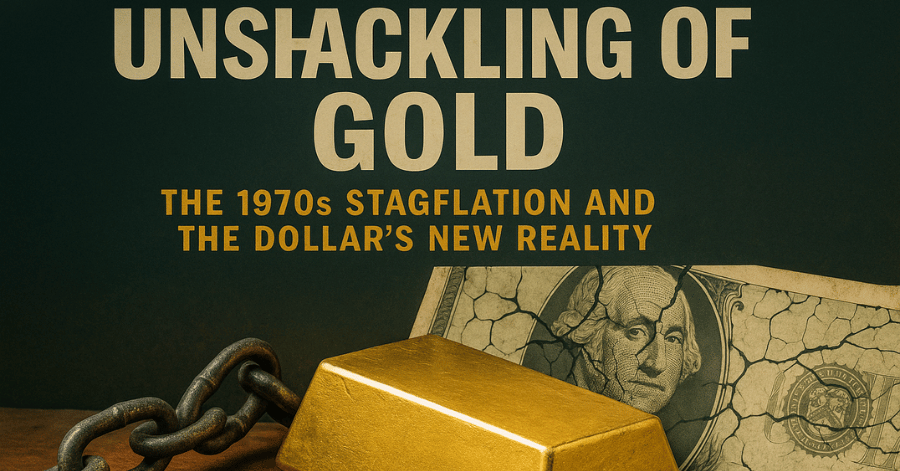
The most dramatic demonstration of gold value during currency crisis began with President Nixon’s shocking announcement on August 15, 1971. When Nixon suspended the convertibility of the U.S. dollar to gold, effectively ending the Bretton Woods system, he promised it would “stabilize the dollar.” History proved this promise spectacularly wrong.
The immediate aftermath was monetary chaos. Under the floating rate system during the 1970s, the dollar plunged by a third, while the price of gold went from $35 per ounce in 1970 to more than $800 per ounce in early 1980. This represented a more than 2,000% increase in gold’s value as the dollar’s purchasing power eroded.
The decade of stagflation validated gold’s protective role. Twelve-month increases in the U.S. Consumer Price Index went from 6% in early 1970 to more than 14% in early 1980, while gold prices soared in response. In the 1970s, interest rates skyrocketed into double digits, reaching 13.82% by the start of 1980. Over that same decade, gold prices soared from $35 to $850 per share, demonstrating the inverse relationship between currency stability and gold value.
The lesson was profound: When the world’s reserve currency abandoned its gold backing, investors fled to gold itself. This period powerfully demonstrated gold’s potential as a hedge against rampant inflation and the devaluation of fiat currencies, establishing a template that would repeat in future crises.
With this foundation established, we can examine how gold value during currency crisis scenarios continued to manifest in more recent economic disruptions.
Gold as a Safe Haven: Navigating Market Crashes and Recessions
The 2008 Global Financial Crisis: Gold’s Modern Validation
This f+inancial crisis provided the most compelling recent example of gold value during currency crisis conditions. The 2008 financial crisis saw gold surge from $730 to $1,300 between October 2008 and October 2010, while the European sovereign debt crisis pushed prices to $1,825 by mid-2011.
The initial response revealed gold’s unique behavior. At the height of a selling panic like we saw in the financial crisis, everything that’s not bolted to the floor tends to get liquidated. That means liquid assets such as gold are often among the first things that get sold. However, this selling pressure proved temporary. The precious metals have traditionally performed well as safe havens following a crisis. Note that the highest price of gold in history was notched in 2011 rather than 2008 or even 2009.
Central banks validated gold’s crisis value. As the financial heat became unbearable, investors, businesses, banks, and even the public piled into bullion. For the five-year period that encompassed the financial crisis, gold very nearly doubled in value, rallying from just above $825 to north of $1650 per ounce.
Early COVID-19 Pandemic: Uncertainty Drives Gold Demand
The COVID-19 pandemic created another test case for gold value during currency crisis conditions. Gold served as a safe-haven asset for stock markets during the early stage of the pandemic, but lost its safe-haven role when the situation continued to worsen after March 17, 2020. However, the broader trend remained positive as massive government stimulus programs raised inflation concerns.
The pattern remained consistent: During times of systemic risk, widespread fear, and a crisis of confidence in conventional financial assets, gold has historically attracted capital, often preserving or increasing wealth when other investments suffered.
Understanding these broad market dynamics leads us to examine how gold value during currency crisis plays out at the national level, where the stakes become even more personal for affected populations.
Currency Crises in Specific Nations: A Microcosm of Gold’s Appeal
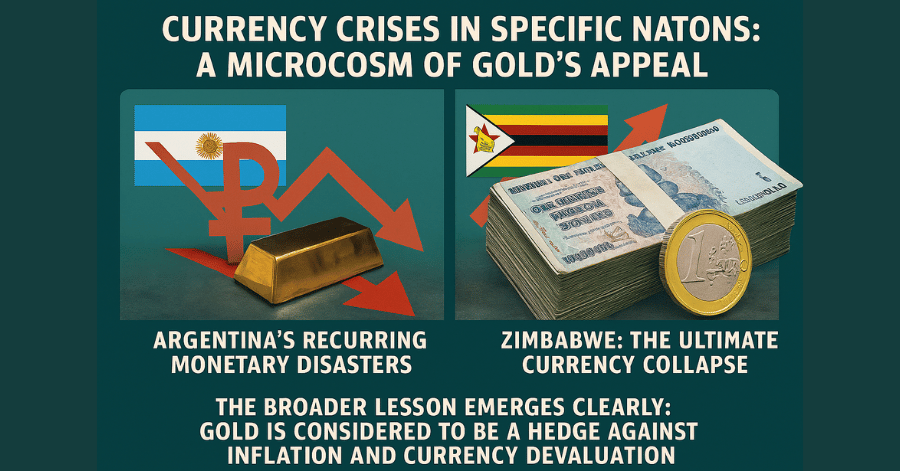
Argentina’s Recurring Monetary Disasters
Argentina provides a recurring case study in gold value during currency crisis scenarios. In the past five years, Argentina’s currency has lost about 90% of its value against the U.S. dollar, with inflation hitting 161% and the peso devaluing from 400 to 800 per $1 U.S. dollar.
Citizens learned harsh lessons about paper money. The devalued peso made Argentine exports cheap and competitive abroad and discouraged imports. Many businesses closed or went bankrupt, many imported products became virtually inaccessible, and salaries were left as they were before the crisis. Those who had diversified into gold or foreign hard currencies before the crisis preserved their wealth, while peso holders saw their savings evaporate.
Zimbabwe: The Ultimate Currency Collapse
Zimbabwe represents perhaps the most extreme example of gold value during currency crisis conditions. At one point, the US Ambassador to Zimbabwe predicted that it would reach 1.5 million percent. In June 2008, the annual rate of price growth was 11.2 million percent. The peak month of hyperinflation occurred in mid-November 2008 with a rate estimated at 79,600,000,000% per month.
The response was complete currency abandonment. The government did not attempt to fight inflation with fiscal and monetary policy. By 2003, there were growing shortages. In 2006, before hyperinflation reached its peak, the bank announced it would print larger bills to buy foreign currencies. Citizens turned to gold, foreign currencies, and barter systems to preserve any remaining wealth.
The broader lesson emerges clearly: Gold is considered to be a hedge against inflation and currency devaluation. When the value of paper money declines, the price of gold tends to rise. This is because gold is priced in US dollars, and when the dollar weakens, it takes more dollars to buy the same amount of gold.
These national examples demonstrate that gold value during currency crisis scenarios transcends borders and political systems, but understanding gold’s protective role requires acknowledging its complexity and volatility.
Understanding Gold’s Journey: Volatility and Long-Term Perspective
While historical evidence strongly supports gold’s protective role, understanding gold value during currency crisis requires acknowledging that gold’s path isn’t always smooth or predictable.
Gold’s Natural Volatility
Gold experiences significant price cycles. Gold experienced a bear market for roughly six years, beginning in 2012. Aside from a few brief spikes to around $1,350/oz, the trend was clearly downward and then sideways. Late 2018 marked a turning point. These cycles remind us that even during crisis periods, gold prices can be volatile.
Multiple factors influence gold’s performance. Economic and political instability increases demand for gold as a safe haven. Global gold production and mining challenges affect gold’s supply and price. Demand for gold in jewelry and technology sectors also impacts its price. Understanding these various drivers helps explain why gold value during a currency crisis doesn’t follow a simple linear progression.
The Long-Term Wealth Preservation Perspective
Gold’s true value emerges over extended periods. Unlike fiat currency, which is only accepted in certain countries, gold is universally recognized and cannot be devalued by overprinting. It’s a tangible commodity used in everything from electronics to jewelry, so it’s always in demand.
The diversification benefits remain compelling. Gold’s physical nature and its 5,000-year history as a store of value make it uniquely suited to satisfy this deeply rooted human instinct for security during turbulent times. Its value tends to rise when confidence in other financial assets declines, particularly during periods of high inflation, economic uncertainty, or geopolitical instability.
The lesson for modern investors: Investing in gold, especially in the context of a gold value during currency crisis strategy, should generally be approached with a long-term perspective, understanding its role as a diversification and wealth preservation tool rather than a get-rich-quick scheme.
 Protect Your Wealth—Act Now!
Protect Your Wealth—Act Now!
Don’t let inflation, economic uncertainty, or a weakening dollar erode your savings. Discover how investing in precious metals can secure your financial future.
Learn how to safeguard your wealth with Birch Gold today.
Affiliate Disclosure: To support our mission of providing valuable financial analysis, this page may contain affiliate links. If you follow a link and make a purchase, we may earn a commission at no additional cost to you. We only recommend partners we thoroughly research and trust.
Frequently Asked Questions (FAQ)
Q1: What is the main argument of the article regarding gold’s value?
A1: The central argument is that gold has consistently served as a financial safe haven and a preserver of wealth during times of economic crisis, particularly when fiat currencies fail, governments experience instability, or hyperinflation erodes purchasing power.
Q2: How did gold perform when the U.S. left the gold standard in the 1970s?
A2: After the U.S. ended the dollar’s convertibility to gold in 1971, the price of gold surged dramatically. From 1970 to 1980, its value increased by over 2,000%, rising from approximately $35 per ounce to over $800 per ounce, while the U.S. dollar lost about a third of its value.
Q3: What was gold’s role during the 2008 financial crisis?
A3: During the 2008 global financial crisis and the subsequent European sovereign debt crisis, gold demonstrated its safe-haven quality. Although it saw a brief dip during the initial panic selling, it ultimately nearly doubled in value, climbing from around $730 per ounce in October 2008 to a historic high of $1,825 by mid-2011.
Q4: Can you provide examples of gold’s performance during national currency collapses?
A4: The article highlights two extreme cases:
- Argentina: Amidst recurring monetary crises where the currency lost 90% of its value over five years with inflation soaring to 161%, citizens who held gold or other hard currencies were able to preserve their wealth while those holding the local peso saw their savings decimated.
- Zimbabwe: The nation experienced one of history’s most severe hyperinflation episodes, with a peak monthly rate of 79.6 billion percent. This led to the complete abandonment of the national currency, with people turning to gold, foreign currencies, and bartering to transact and store value.
Q5: Does the price of gold always go up during a crisis?
A5: Not always immediately. The article notes that during the initial panic phase of a crisis, gold can be sold off along with other assets as investors liquidate holdings. However, the historical pattern shows that gold tends to rebound strongly and perform well as the crisis unfolds and investors seek refuge from systemic risks.
Q6: Is gold a short-term or long-term investment?
A6: The article positions gold as a long-term wealth preservation tool rather than a “get-rich-quick” scheme. It acknowledges that gold prices can be volatile and experience bear markets, but its 5,000-year history as a store of value makes it suitable for portfolio diversification and as a hedge against long-term risks like inflation and geopolitical instability.
Q7: Why is gold considered a universal store of value?
A7: Unlike fiat currencies, which are tied to the economies and policies of specific countries, gold is universally recognized and accepted across the globe. It is a tangible commodity with demand in various sectors, and its value cannot be diluted by governments printing more of it. This global acceptance and finite supply contribute to its status as an enduring store of value.
Conclusion
History consistently demonstrates that the gold value during currency crisis scenarios often underscores its enduring appeal as a store of wealth and a hedge against economic instability. From the inflationary pressures of the 1970s, where gold increased over 2,000% as the dollar lost its gold backing, to the systemic shocks of 2008, where gold doubled in value while stocks collapsed, this precious metal has frequently provided a measure of security when traditional financial systems were under duress.
The pattern repeats across different types of crises: whether it’s the controlled devaluation following the Nixon Shock, the systemic banking crisis of 2008, or the complete currency collapse in countries like Zimbabwe and Argentina, gold consistently emerges as a refuge for wealth preservation. The data shows that whether it’s geopolitical tensions or currency devaluations, investors turn to gold for stability, a timeless resource they can rely on.
As the world contemplates potential new “economic resets,” these historical echoes offer profound lessons for individuals looking to build resilient financial futures and protect their savings. The evidence suggests that understanding gold value during currency crisis isn’t just about past performance—it’s about preparing for an uncertain financial future where the only constant may be the need for tangible, universally accepted stores of value.
The question isn’t whether future currency challenges will emerge, but whether today’s investors will learn from history’s clear lessons about gold’s protective role during monetary chaos.
For comprehensive strategies on incorporating precious metals into your wealth preservation plan, explore our main guide: Rio Reset Dollar Shakedown: Is Gold Your Retirement’s Unseen Shield?



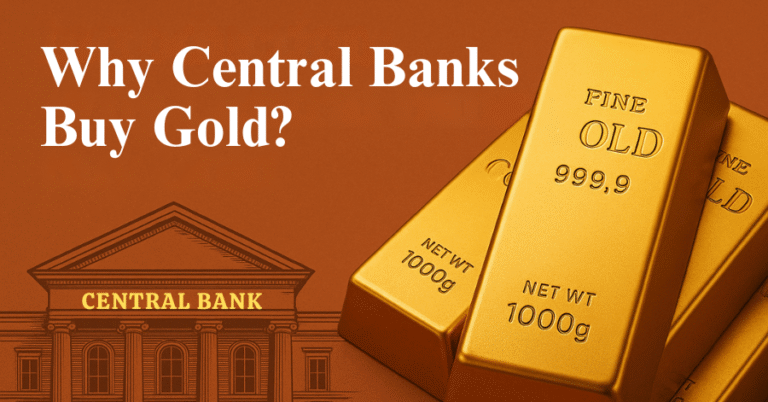
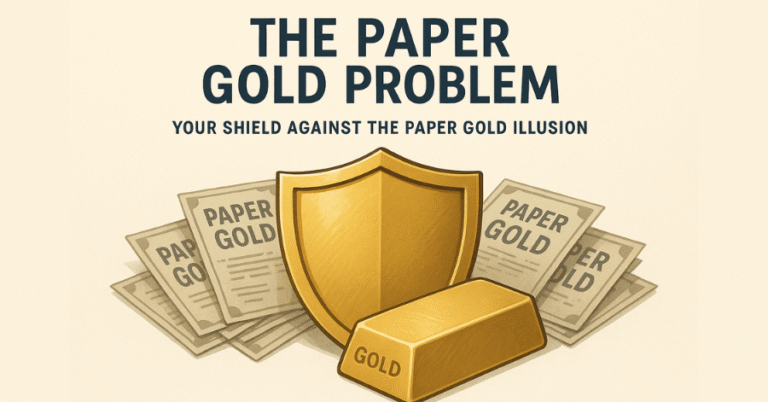

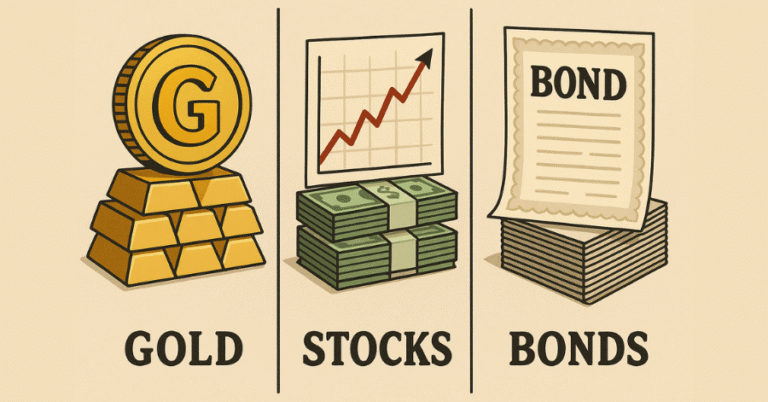
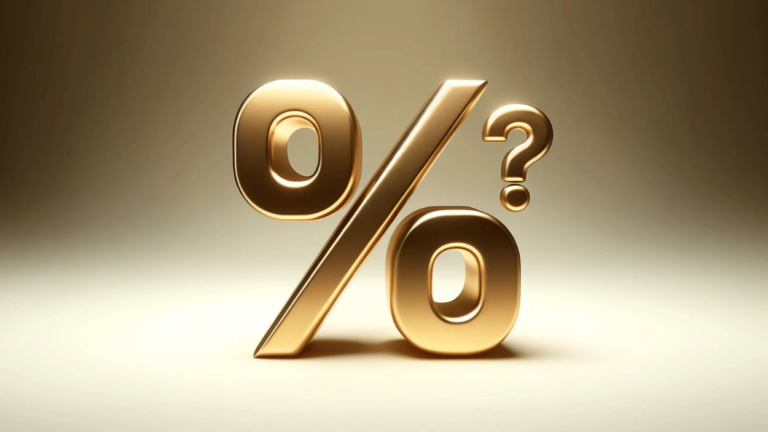
One Comment